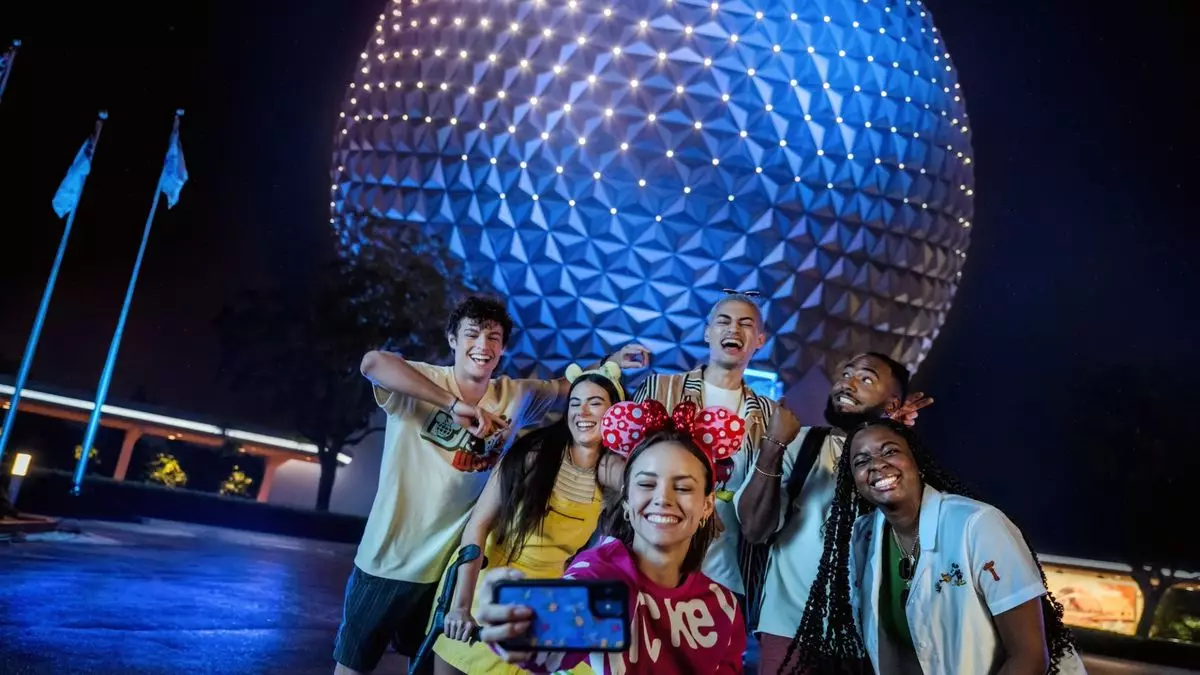Disney has recently adopted a methodical and cautious approach toward the rollout of its Lightning Lane Premier Pass, a product designed to provide theme park visitors expedited access to attractions. Since its introduction last October, initially limited to select hotel guests, the Premier Pass has evolved into a product available to a broader audience. However, this expansion comes with strings attached, particularly for those not staying at Disney properties, a point that highlights the strategic decision-making occurring within the company. As we delve deeper, it is essential to examine the implications of Disney’s approach on both the customer experience and the brand’s financial health.
Understanding the Lightning Lane Premier Pass
The Lightning Lane Premier Pass permits guests to utilize the fast lane for a single ride per attraction each day, effectively reducing wait times for some of the most popular experiences in the parks. While the concept aims to enhance visitor satisfaction, particularly in an environment increasingly characterized by long lines, it has revealed disparities in access based on guest status. For those fortunate enough to stay at Disney hotels or affiliated properties like the Swan and Dolphin, early access to the pass opens a gate to convenience. Conversely, non-Disney hotel guests face a notable risk: the likelihood of the pass being sold out when they attempt to purchase it three days before their visit.
Disney’s cautious introduction of this product has been underscored by comments from CFO Hugh Johnston during a recent earnings call where he describes it as a “premium product” that the company is still “learning how to use.” This statement reveals a dual-layered strategy: while there is evident demand, Disney is mindful of managing the supply to ensure that it does not alienate its broader customer base, including those who choose not to purchase the pass. Balancing revenue generation with customer experience is a delicate act, and it appears that Disney is prioritizing long-term viability over short-term profits.
The pricing structure for the Lightning Lane Premier Pass varies significantly, creating a tiered market approach. For example, visitors at the Walt Disney World Resort face fees ranging from $119 to $399, while Disneyland guests might find prices falling between $300 and $400. This variance reflects not only geographical considerations but also demand elasticity. It’s a calculated risk that aims to maximize revenue while appealing to a diverse visitor demographic. Nevertheless, the price points highlight an essential tension between affordability and exclusivity, as some visitors might feel priced out while others see the pass as an essential purchase for a nearly stress-free park experience.
The alternative options of skip-the-line passes for single or multiple attractions introduce further complexity into the Disney pricing ecosystem. Such alternatives allow for more personalized planning, even if they come with different limitations, thereby creating additional avenues for guests to enhance their park experience based on their individual preferences and budget constraints.
Financially, Disney experienced modest growth in its theme park division, with revenues reaching $9.42 billion, though operating income has remained flat at $3.11 billion. Seasonal challenges, including hurricanes and preopening costs for new attractions, add layers of uncertainty and strain on profitability. While Johnston has labeled these results as a “great start,” the pressures from catastrophic events and rising operational costs suggest that Disney’s pathway to sustainable growth may involve more than just ticket and pass sales.
Notably, the 70th anniversary of Disneyland and the opening of new cruise ships such as the Disney Treasure signal potential bright spots in Disney’s portfolio. However, as they navigate these pivotal moments, the demand for experiences like the Lightning Lane pass will need to be heavily monitored to ensure that customer satisfaction and brand loyalty are not sacrificed on the altar of revenue generation.
Disney’s balanced and careful approach to marketing the Lightning Lane Premier Pass amidst wider economic volatility speaks volumes about its commitment to maintaining a quality guest experience. The potential pitfalls of alienating customers are clear; however, with strategic foresight, Disney can successfully navigate the complexities of consumer demand, pricing sensitivity, and operational challenges. Ultimately, the future success of Disney’s initiatives will depend on its ability to adapt and evolve while staying attuned to the needs of its diverse guest base, ensuring that every visitor walks away with a magical experience.

